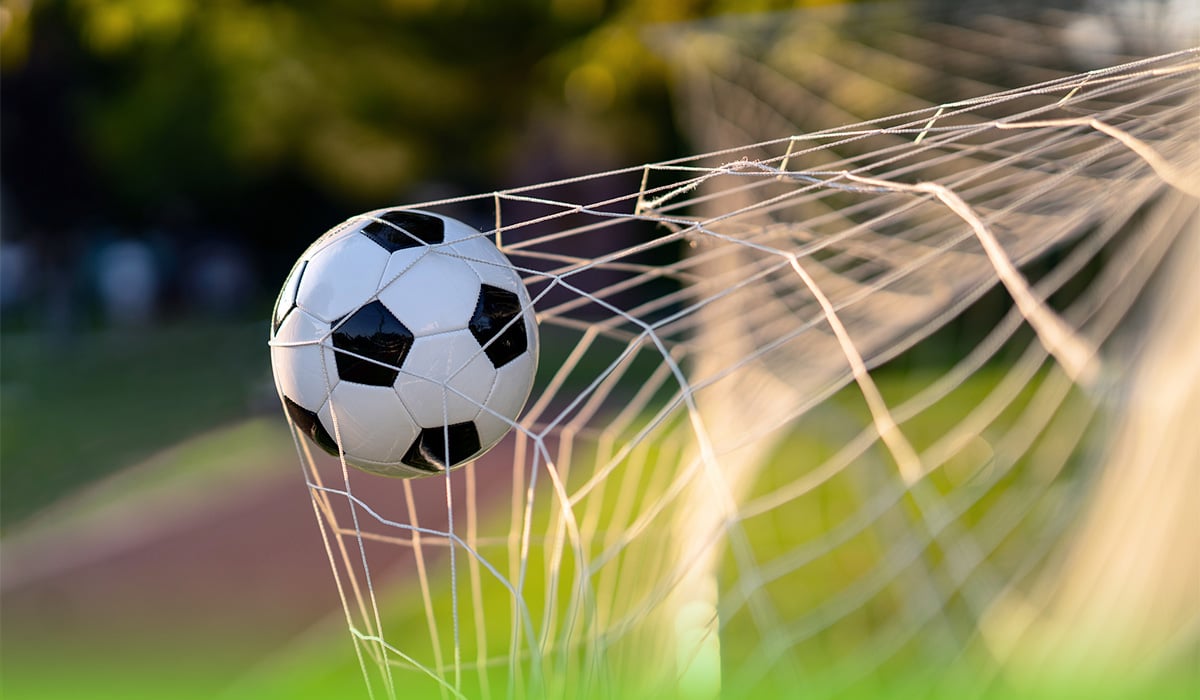
Choosing the right sports gear can significantly impact your performance, safety, and overall enjoyment of any athletic activity. From the right footwear to protective equipment, the quality and suitability of your sports gear examples can make a world of difference.
Footwear: The Foundation of Performance
Footwear is arguably the most crucial piece of sports gear. Running shoes designed for specific foot types and running styles can prevent injuries and enhance performance. Similarly, cleats designed for different field conditions (e.g., firm ground, soft ground) provide optimal traction and support. Basketball shoes with good ankle support and cushioning are essential for explosive movements and preventing injuries. Cycling shoes with stiff soles and compatible with clipless pedals offer efficient power transfer.
Apparel: Comfort and Functionality
Proper athletic apparel plays a vital role in comfort, temperature regulation, and performance. Moisture-wicking fabrics help keep athletes cool and dry, preventing chafing and discomfort. Breathable fabrics allow for proper ventilation, preventing overheating. Compression garments can improve blood flow and reduce muscle fatigue. For cold-weather activities, insulated layers and windproof jackets are essential for warmth and protection.
Protective Gear: Safety First
For many sports, protective gear is essential for safety. Helmets are crucial for high-impact sports like cycling, skateboarding, and football. Mouthguards are essential for contact sports like boxing and rugby to protect teeth and jaws. Knee and elbow pads offer protection against falls and impacts in sports like skateboarding, rollerblading, and hockey.
Equipment Specific to the Sport
Beyond the basics, many sports require specialized equipment. For example, golfers need clubs of varying lengths and lofts, while tennis players need rackets with different string tensions and frame sizes. Swimmers require goggles, swim caps, and kickboards for training and competition. Rock climbers need harnesses, ropes, and climbing shoes.
The Benefits of Investing in Quality Sports Gear
Investing in high-quality sports gear examples offers numerous benefits:
- Improved Performance: The right gear can enhance performance by providing optimal support, comfort, and functionality.
- Reduced Risk of Injury: Proper footwear and protective gear can significantly reduce the risk of injuries such as sprains, strains, and concussions.
- Increased Comfort: Comfortable gear can enhance the enjoyment of any athletic activity and make training more enjoyable.
- Durability: High-quality gear is designed to withstand the demands of regular use, lasting longer and saving you money in the long run.
- Enhanced Confidence: Knowing you have the right equipment can boost your confidence and motivation.
Choosing the Right Sports Gear
When selecting sports gear examples, consider the following factors:
- Your Sport: Choose gear specifically designed for your sport to ensure optimal performance and safety.
- Your Skill Level: Beginners may require different gear than experienced athletes.
- Your Budget: Set a budget and look for gear that offers the best value within your price range.
- Fit and Comfort: Ensure the gear fits properly and is comfortable to wear.
- Durability: Look for gear made from high-quality materials that will withstand regular use.
- Reviews and Recommendations: Read reviews from other athletes and seek recommendations from experienced coaches or athletes.
Maintaining Your Sports Gear
Proper care and maintenance of your sports gear examples can extend its lifespan and ensure optimal performance:
- Clean Regularly: Clean your gear regularly according to the manufacturer’s instructions.
- Store Properly: Store your gear in a cool, dry place to prevent damage.
- Repair or Replace as Needed: Repair or replace worn-out or damaged gear promptly.
By investing in high-quality sports gear and taking proper care of it, athletes can enhance their performance, reduce their risk of injury, and enjoy a more fulfilling athletic experience.
The Role of Technology in Sports Gear
Technology has revolutionized the sports gear industry, leading to the development of innovative and high-performance products.
- Smart Fabrics: Smart fabrics incorporate technology such as sensors and electronics to monitor performance metrics such as heart rate, body temperature, and sweat levels.
- Wearable Technology: Wearable devices such as fitness trackers and smartwatches can track activity levels, monitor performance data, and provide real-time feedback.
- 3D Printing: 3D printing technology allows for the customization of sports gear to individual athlete needs and preferences.
The Future of Sports Gear
The future of sports gear is likely to be even more technologically advanced. We can expect to see further integration of smart technologies, personalized gear, and sustainable materials.
By embracing these advancements, athletes can continue to push the boundaries of human performance and enjoy a more personalized and fulfilling athletic experience.


